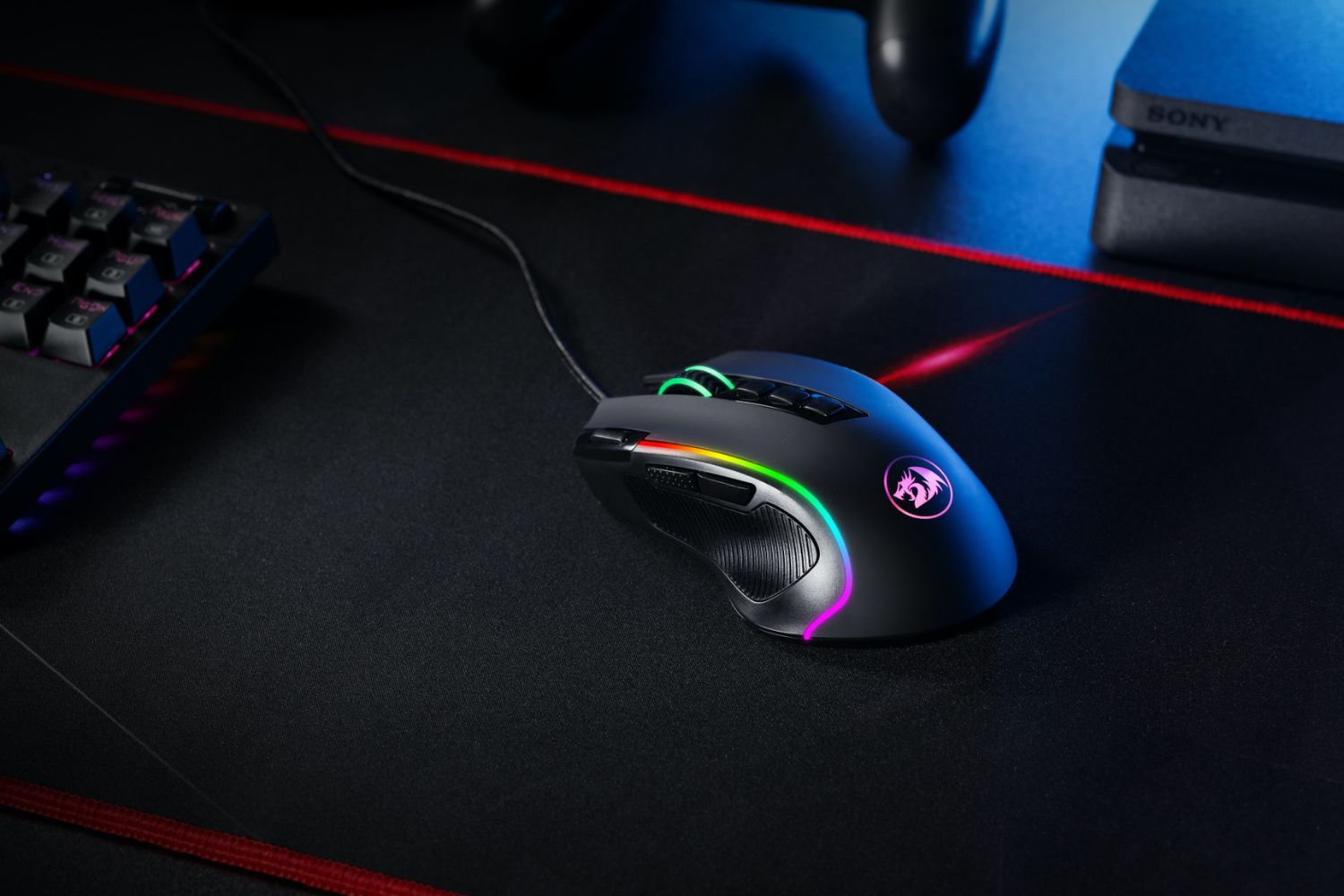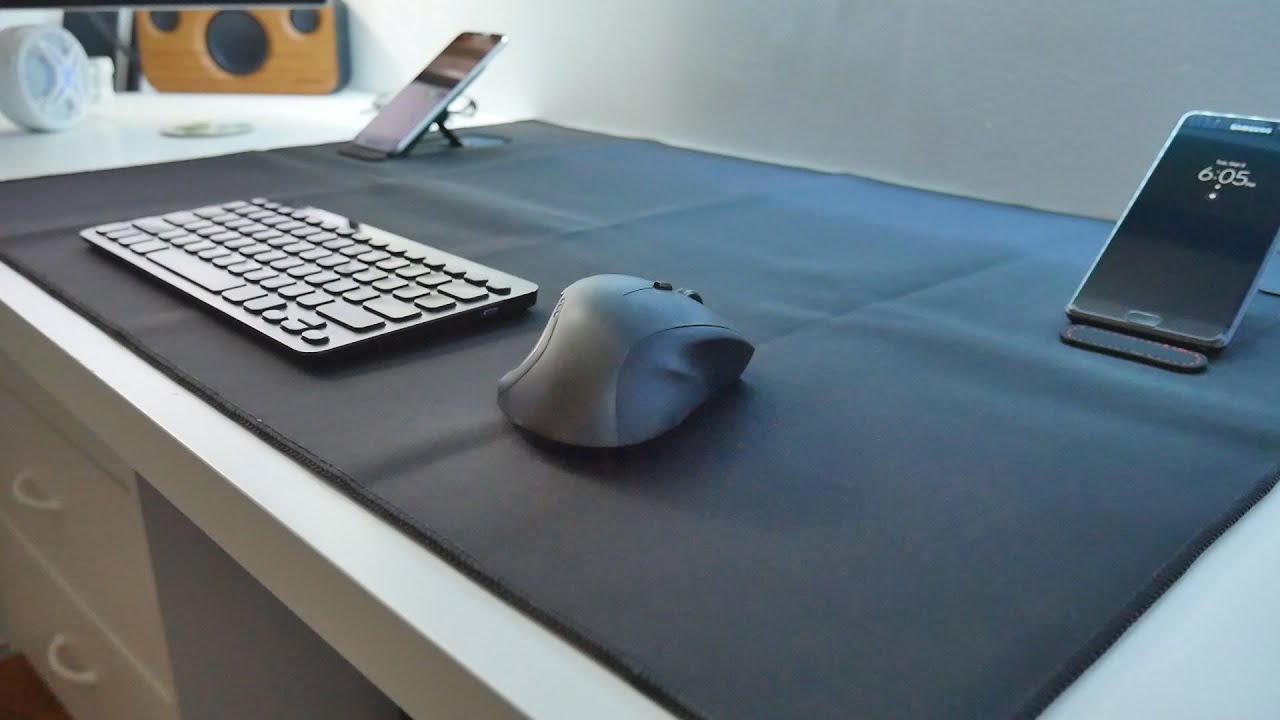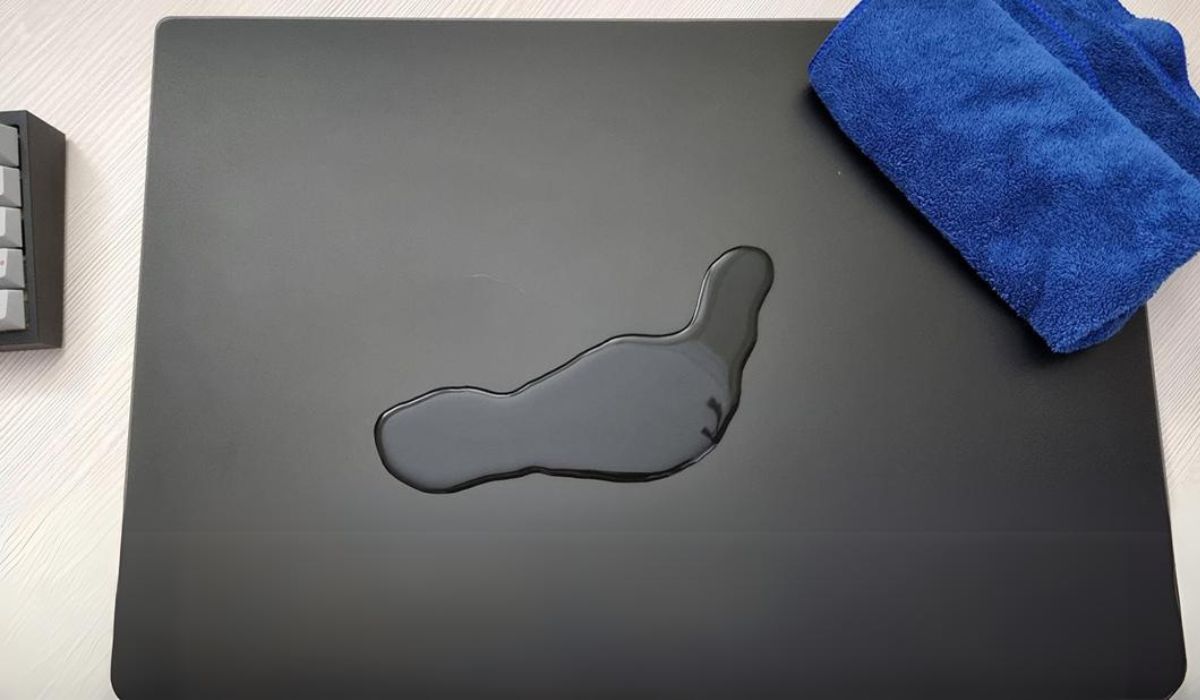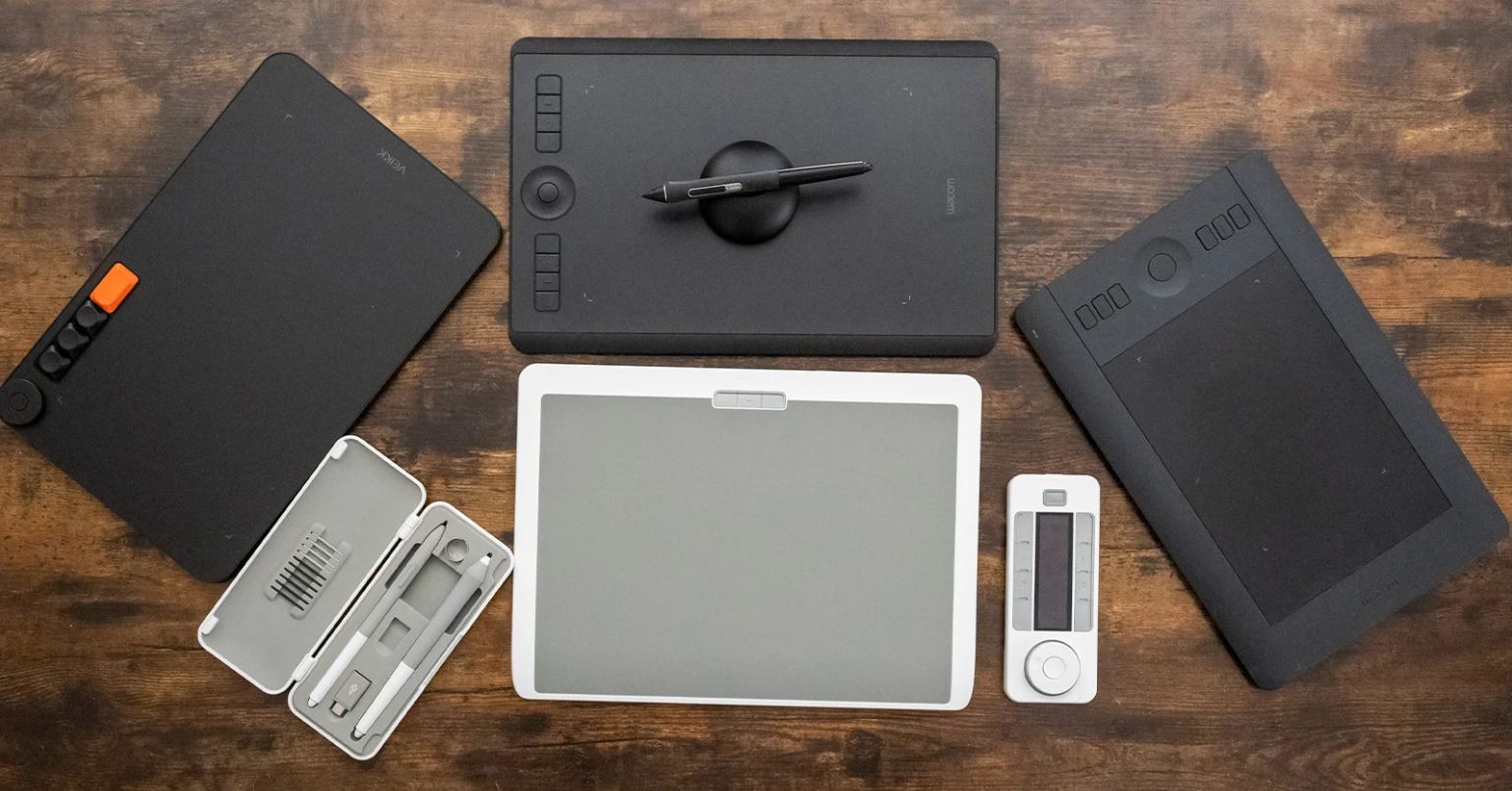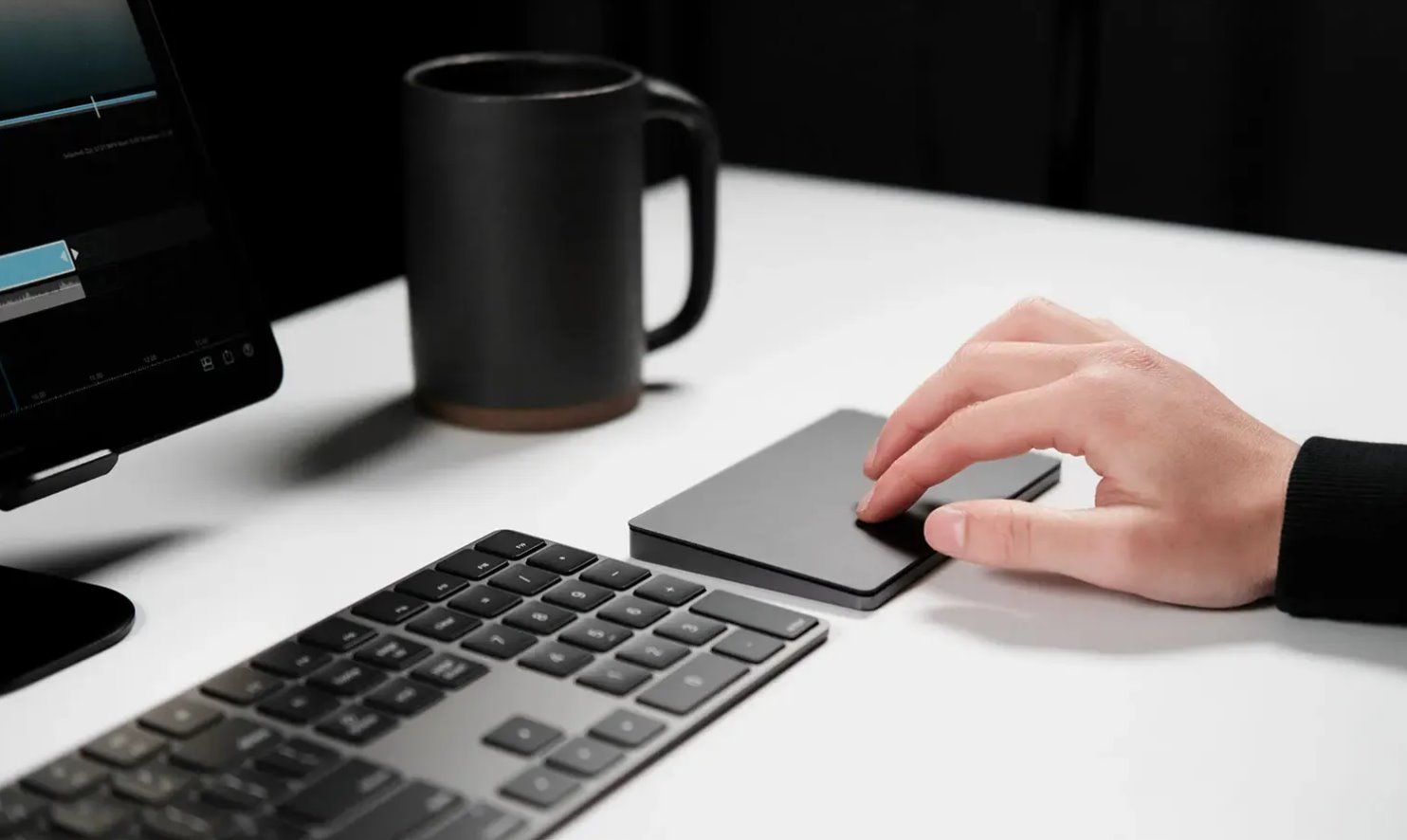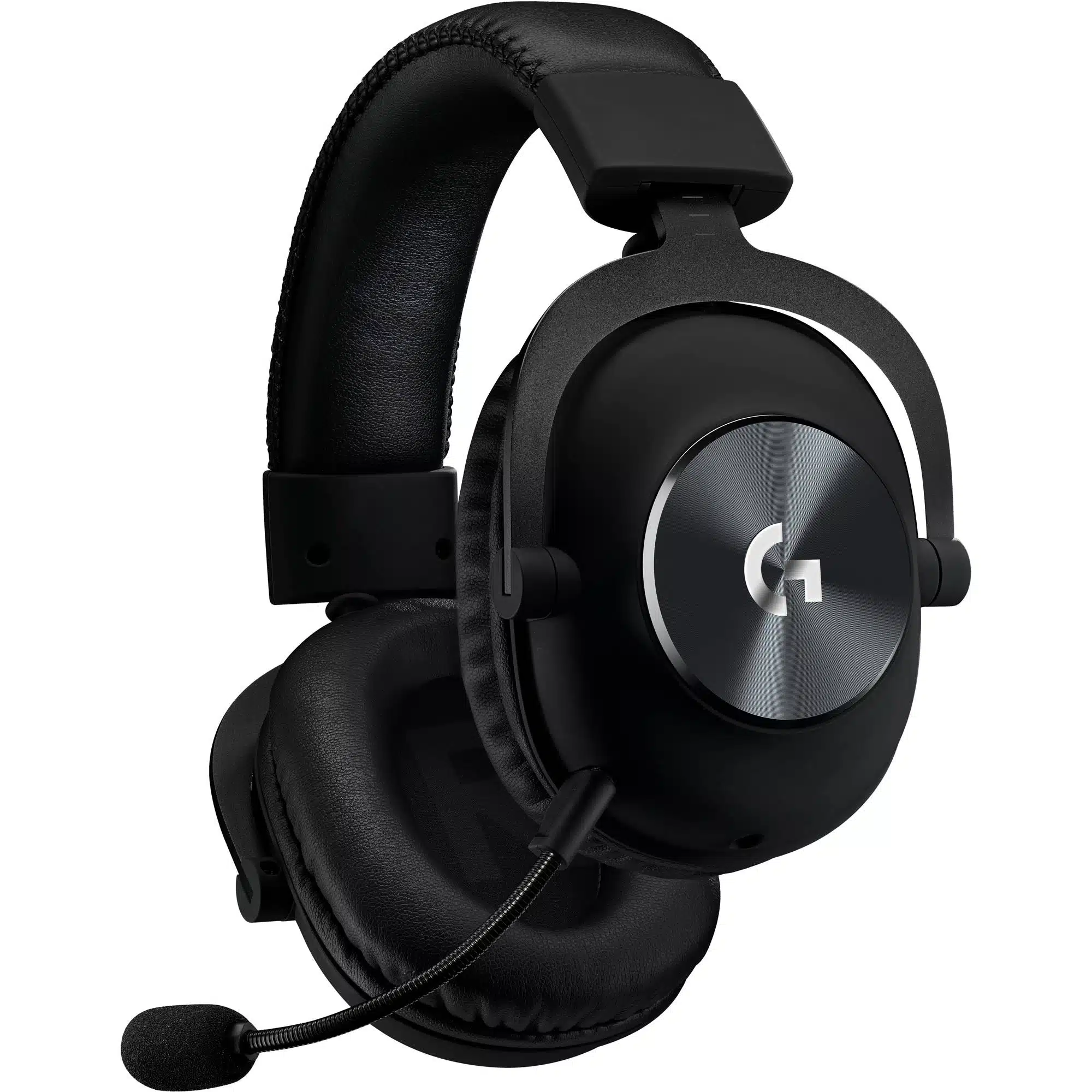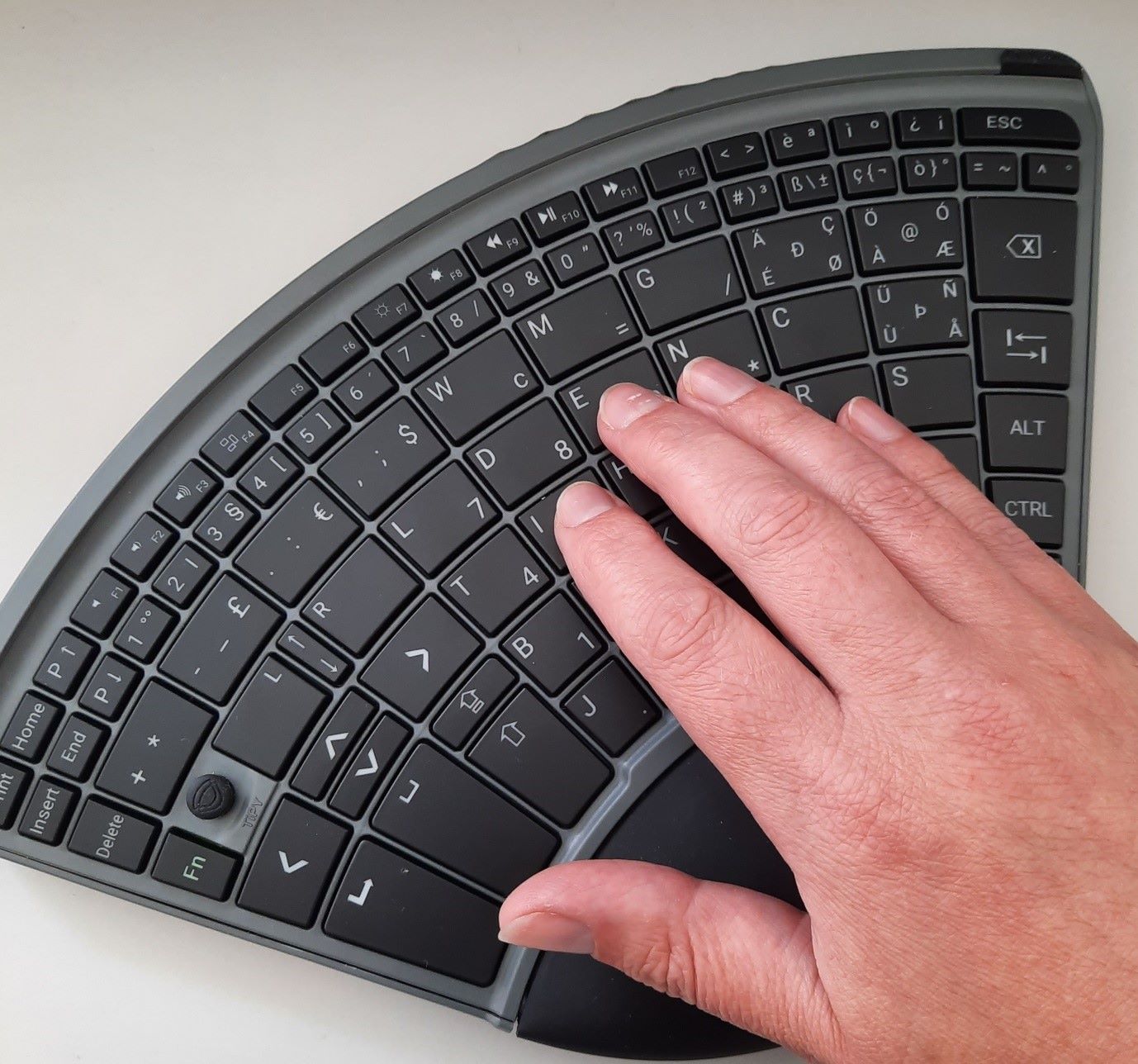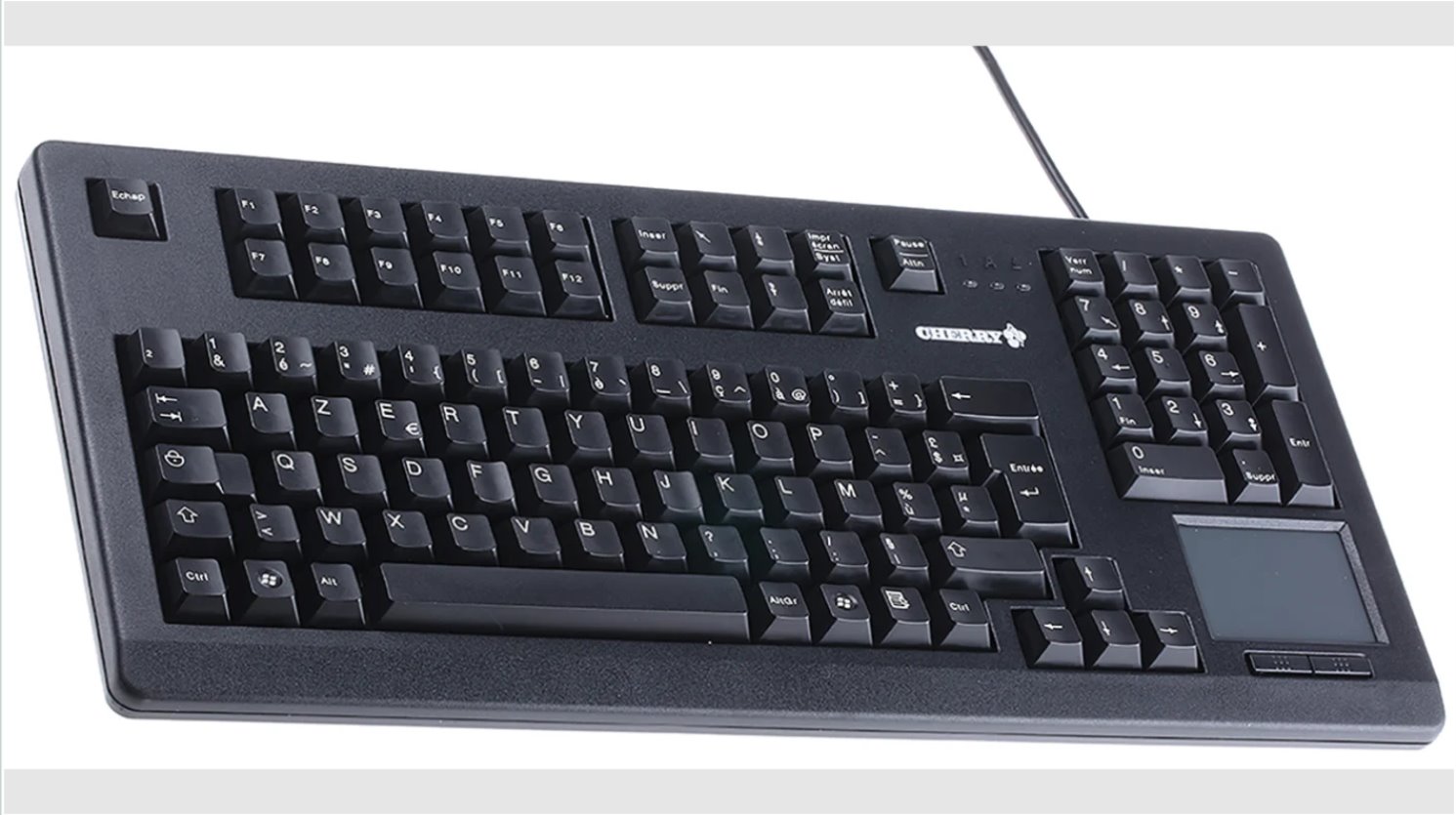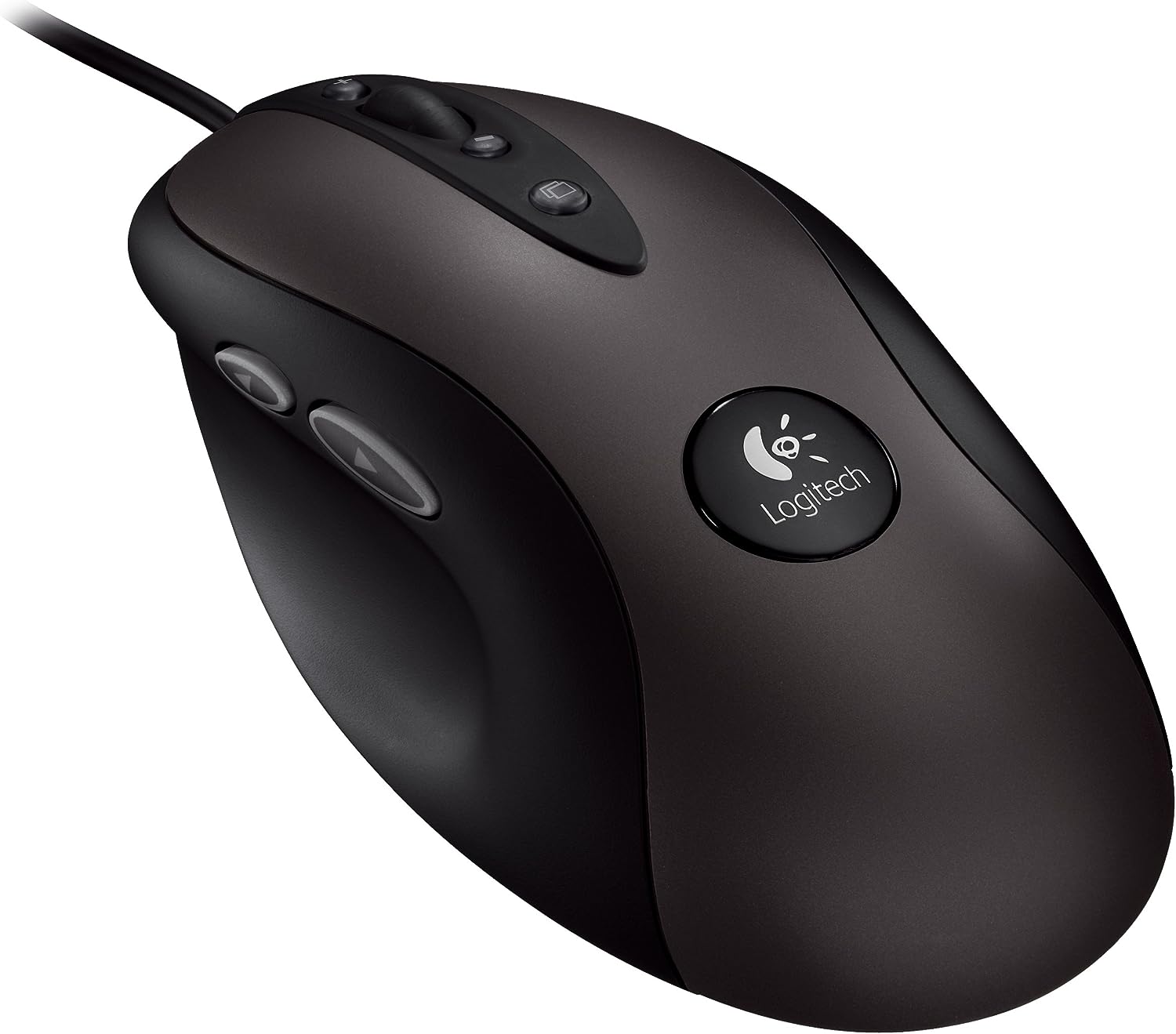Introduction
When it comes to optimizing your gaming or work setup, the size of your mouse pad is often an overlooked yet crucial aspect. A mouse pad may seem like a simple, mundane accessory, but its dimensions can significantly impact your comfort, performance, and overall experience. Whether you're a dedicated gamer, a graphic designer, or simply an avid computer user, the size of your mouse pad can make a substantial difference in your day-to-day activities.
The dimensions of your mouse pad play a pivotal role in determining the range of motion for your mouse, affecting your ability to navigate your screen with precision and ease. Additionally, the size of your mouse pad can influence the ergonomics of your workspace, contributing to your overall comfort and reducing the risk of repetitive strain injuries.
Understanding the significance of mouse pad size and how it correlates with your specific needs is essential for creating an optimal computing environment. In this article, we will delve into the importance of mouse pad size, explore the factors to consider when selecting the right dimensions, and provide guidance on finding the perfect size for your individual requirements. So, whether you're aiming for seamless mouse movements during intense gaming sessions or seeking improved productivity in your daily tasks, the size of your mouse pad is a critical factor that should not be underestimated.
Importance of Mouse Pad Size
The size of your mouse pad holds immense significance in shaping your computing experience. A larger mouse pad offers a broader surface area for mouse movement, enabling smoother and more precise cursor control. This is particularly advantageous for individuals who require extensive mouse navigation, such as graphic designers, video editors, and gamers. With a spacious mouse pad, you can effortlessly execute sweeping mouse movements without the constraints of limited space, enhancing your overall efficiency and productivity.
Furthermore, the dimensions of your mouse pad directly impact the ergonomics of your workspace. A larger pad allows for more flexibility in positioning your keyboard and mouse, enabling a comfortable and customizable setup that suits your individual preferences. By accommodating a wider range of motion, a larger mouse pad promotes a more natural arm and wrist posture, reducing the risk of strain and discomfort during prolonged computer use.
For gaming enthusiasts, the size of the mouse pad can significantly affect gameplay. A larger surface area provides ample space for precise mouse control, essential for competitive gaming where swift and accurate movements are imperative. Whether you’re executing complex maneuvers in a strategy game or engaging in fast-paced first-person shooter battles, a larger mouse pad can offer the freedom and precision necessary to elevate your gaming performance.
Conversely, a smaller mouse pad may be more suitable for users with limited desk space or those who prefer higher mouse sensitivity. While compact pads may offer portability and convenience, they can restrict the range of motion and may not provide the level of control and comfort that a larger pad can deliver.
Ultimately, the importance of mouse pad size lies in its ability to enhance your comfort, optimize your performance, and cater to your specific computing needs. By carefully considering the dimensions of your mouse pad, you can create a workspace that fosters efficiency, precision, and ergonomic well-being, ultimately contributing to a more enjoyable and productive computing experience.
Factors to Consider
When determining the ideal size for your mouse pad, several factors come into play, each influencing the overall usability and comfort of your workspace. Understanding these considerations can guide you in selecting a mouse pad size that aligns with your specific requirements and enhances your computing experience.
- Desk Space: Assess the dimensions of your desk or workstation to determine the available surface area for your mouse pad. A larger desk can accommodate a spacious mouse pad, while a compact workspace may necessitate a smaller pad to optimize the use of available space.
- Usage: Consider your primary activities and how they impact your mouse movement. Gamers and graphic designers often benefit from larger pads to facilitate extensive mouse navigation, while general users may find smaller pads sufficient for everyday tasks.
- Mouse Sensitivity: Your preferred mouse sensitivity settings can influence the required size of your mouse pad. Higher sensitivity settings may necessitate a smaller pad, while lower sensitivity settings often benefit from a larger surface area for precise control.
- Ergonomics: Prioritize your comfort and ergonomic well-being when selecting a mouse pad size. A larger pad can offer more flexibility in positioning your input devices, promoting a natural and comfortable posture during extended computer use.
- Customization: Consider the potential for customization and personalization with a larger mouse pad. Some users may benefit from the additional space for placing other items, such as a tablet or notepad, alongside their mouse and keyboard.
By taking these factors into account, you can make an informed decision regarding the size of your mouse pad, ensuring that it complements your workspace, supports your activities, and contributes to a comfortable and efficient computing environment.
Finding the Right Size for You
Discovering the optimal size for your mouse pad involves a personalized approach that considers your specific needs, preferences, and computing habits. To determine the right size for you, it’s essential to assess various aspects of your workspace and usage requirements.
Assess Your Workspace: Begin by evaluating the dimensions of your desk or workstation. Measure the available space for your mouse pad, considering the positioning of your keyboard and other peripherals. This assessment will provide insight into the maximum dimensions that can comfortably fit within your workspace.
Consider Your Activities: Reflect on the primary tasks you perform on your computer. If you engage in activities that demand extensive mouse movement, such as gaming, graphic design, or video editing, a larger mouse pad may be beneficial. Conversely, if your activities primarily involve general computer use and browsing, a smaller pad may suffice.
Experiment with Sizes: If you’re uncertain about the ideal size for your mouse pad, consider experimenting with different dimensions. Borrow or purchase mouse pads of varying sizes to gauge their compatibility with your workspace and usage patterns. This hands-on approach can provide valuable insights into the level of comfort and practicality offered by different pad sizes.
Seek Ergonomic Comfort: Prioritize your comfort and ergonomic well-being when selecting a mouse pad size. A pad that accommodates a natural arm and wrist posture, while allowing for unrestricted mouse movement, can contribute to a more comfortable and sustainable computing experience.
Factor in Customization: If you value customization and multifunctionality, a larger mouse pad may offer additional benefits beyond mouse control. Consider whether the extra space can accommodate other items or serve supplementary purposes, enhancing the versatility of your workspace.
By carefully considering these aspects and potentially experimenting with different sizes, you can identify the mouse pad dimensions that best suit your individual needs and preferences. Remember that the right size for you is the one that enhances your comfort, supports your activities, and seamlessly integrates into your unique computing environment.
Conclusion
Choosing the right size for your mouse pad is a decision that transcends mere aesthetics or convenience; it directly impacts your comfort, productivity, and overall computing experience. Whether you’re navigating virtual landscapes in a high-stakes gaming session or meticulously crafting digital masterpieces, the dimensions of your mouse pad play a pivotal role in shaping your performance and well-being.
By recognizing the importance of mouse pad size and understanding the factors that influence your selection, you can make an informed choice that aligns with your unique needs and preferences. Consider the dimensions of your workspace, the nature of your activities, and the level of customization and comfort you seek when determining the ideal size for your mouse pad.
Ultimately, the right size for you is the one that seamlessly integrates into your workspace, supports your computing activities, and enhances your comfort and efficiency. Whether you opt for a compact pad that complements a minimalist setup or a generously sized pad that accommodates extensive mouse movement, your choice should reflect your individual requirements and contribute to an ergonomic and enjoyable computing environment.
Embrace the opportunity to personalize your computing space with a mouse pad that not only fits your desk but also fits your needs. The perfect size awaits, ready to elevate your mouse control, enhance your comfort, and empower your productivity. So, go ahead, explore the dimensions, find the perfect fit, and embark on a seamless and enjoyable computing journey tailored to your unique preferences.







